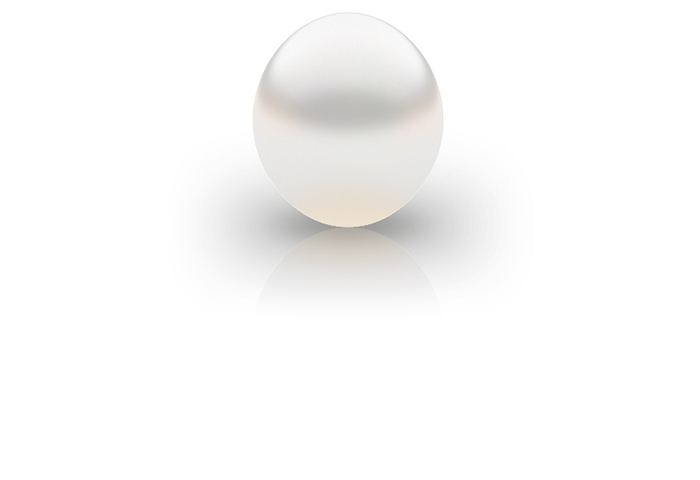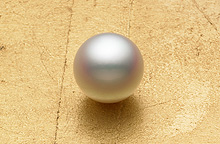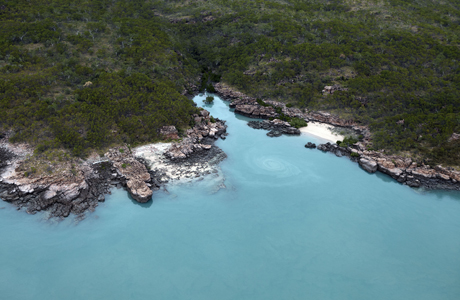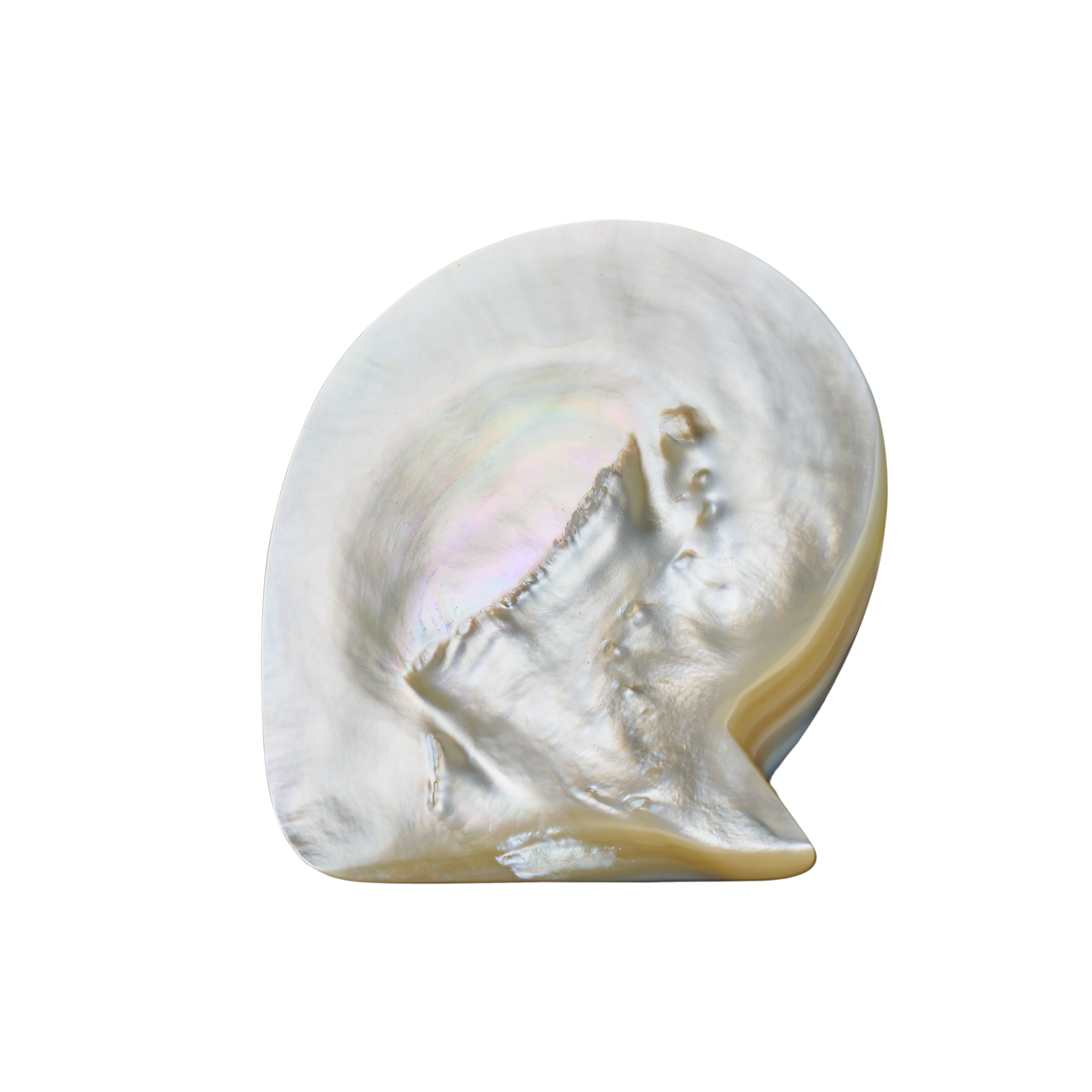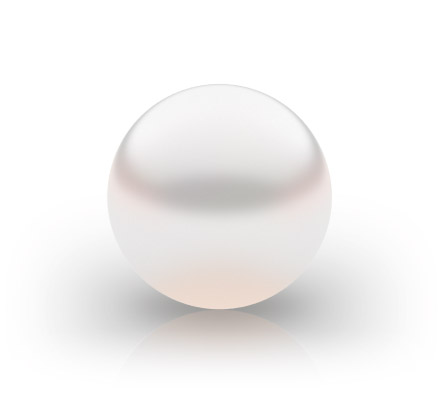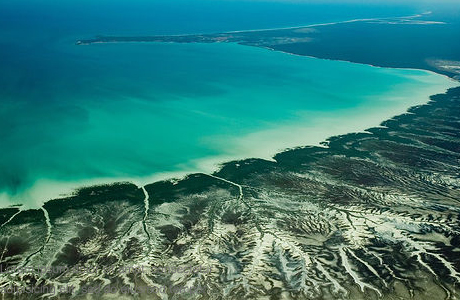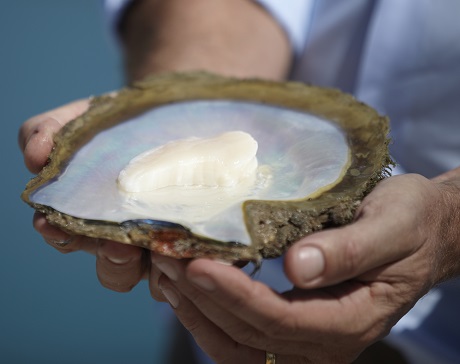Discover the time honoured methods traditionally used to assess the value of pearls through our interactive Five Virtues tool.
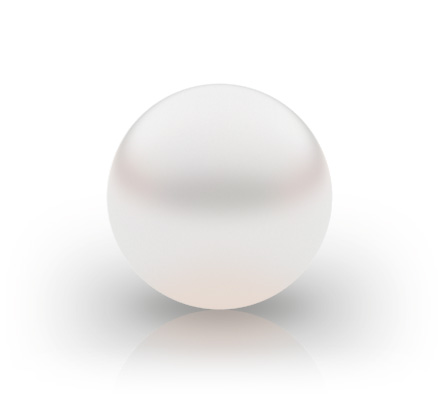
1 / Lustre
The magic of a pearl lies in its lustre. Though difficult to illustrate, lustre is the most important characteristic of pearl quality that is instantly recognisable.
Lustre explained
Lustre refers to the behaviour of light interacting with the countless layers of pearl nacre. Nacre is the pearlescent organic material produced by the oyster that forms the body of the pearl.
Fine quality pearl nacre results when an oyster lays pearl nacre tiles in perfect symmetry allowing light to refract uninterrupted through the layers of the pearl.
This gives the appearance of a soft iridescent glow from deep within. Natural lustre is everlasting and should not be confused with the superficial shine of treated pearls that diminishes over time.
Pearls of exceptionally high quality exhibit a phenomenon known as orient; a combination of translucence overlaid with a subtle play of colour on the pearl's surface.
